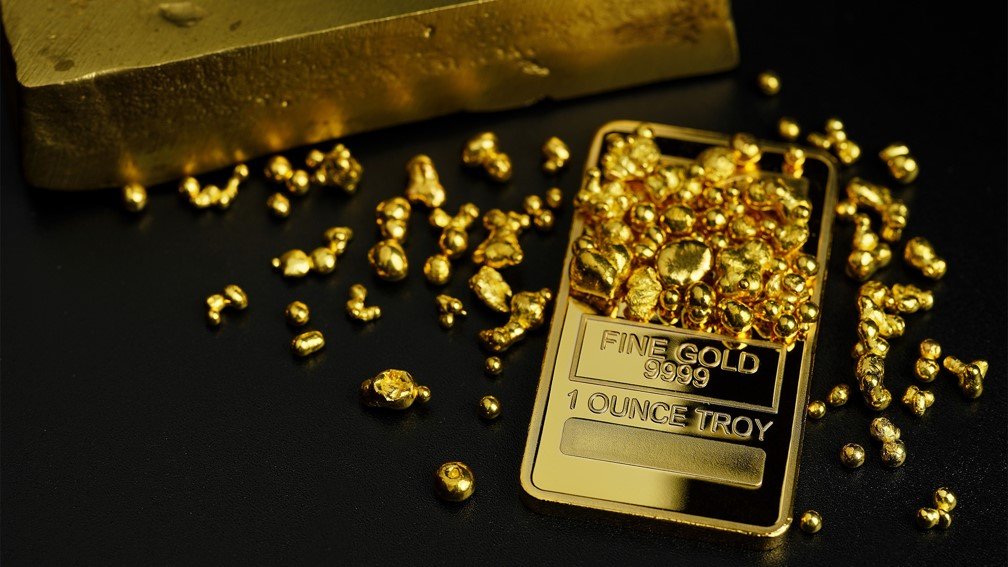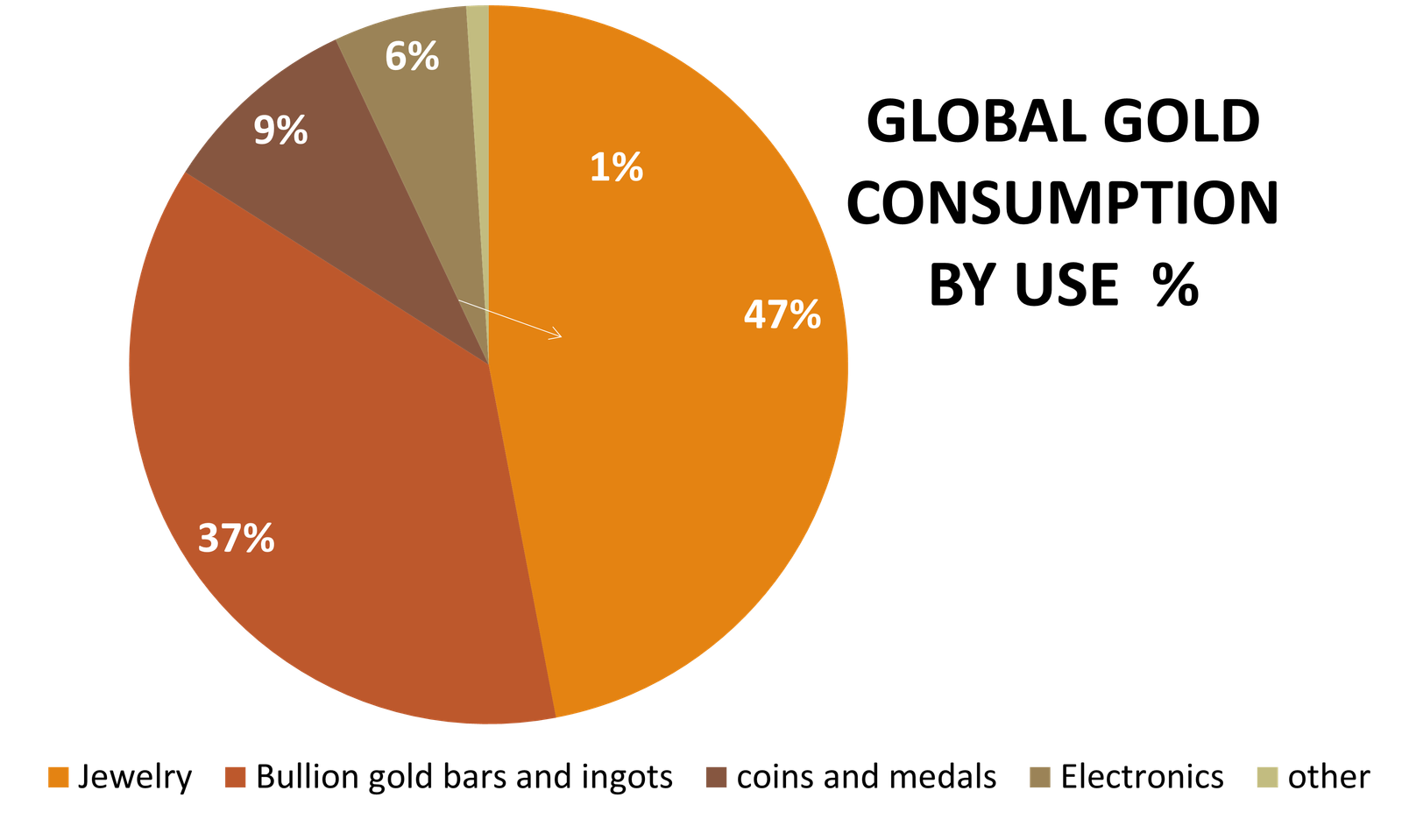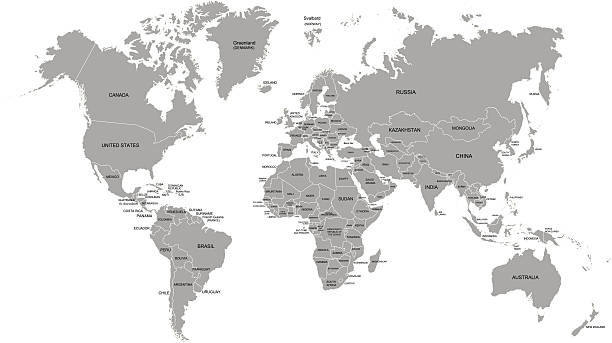Gold Global Market
Overview
Gold is a chemical element with the symbol of Au from Latin word
Aurum and atomic number is 79. It is slightly orange-yellow,
dense, soft, malleable and ductile is nature. Chemically, gold
is a transition metal. It is one of the least reactive chemical
elements that's why it found native state in earth as nuggets or
grains in rocks, veins and alluvial deposits. It occurs in a
solid solution series with the native element silver, naturally
alloyed with other metals like cupper and palladium and mineral
inclusions such as within Pyrites.


